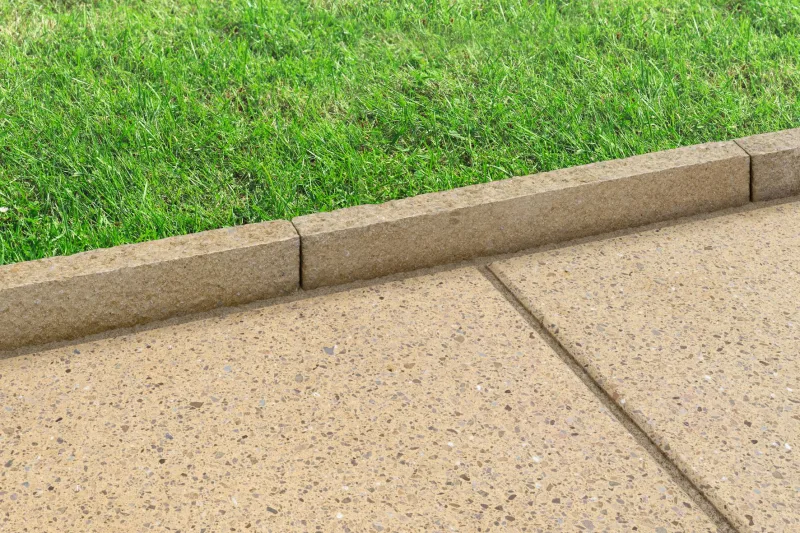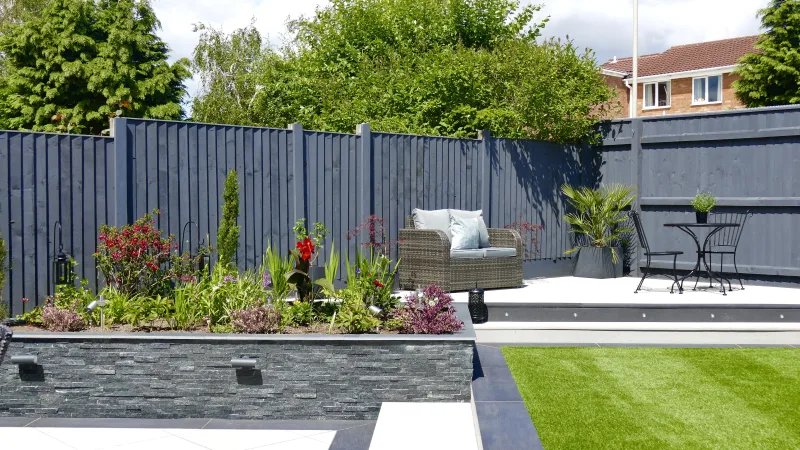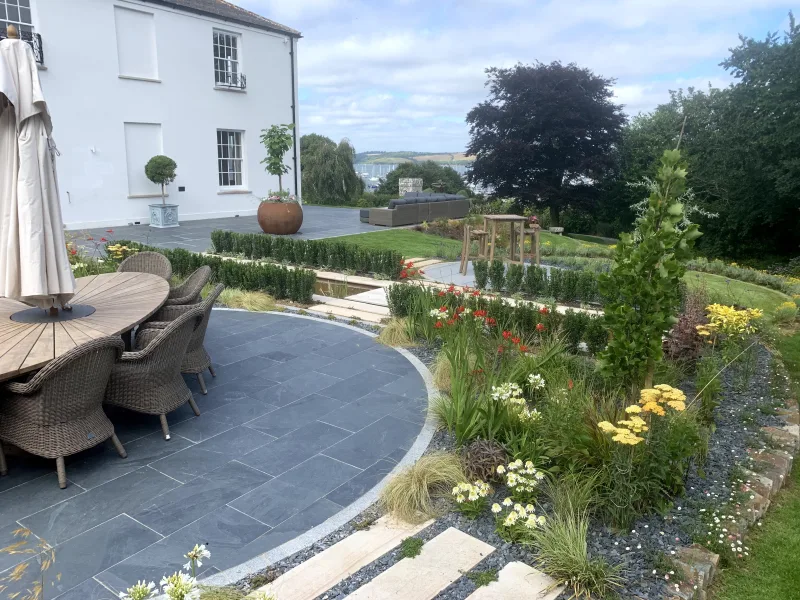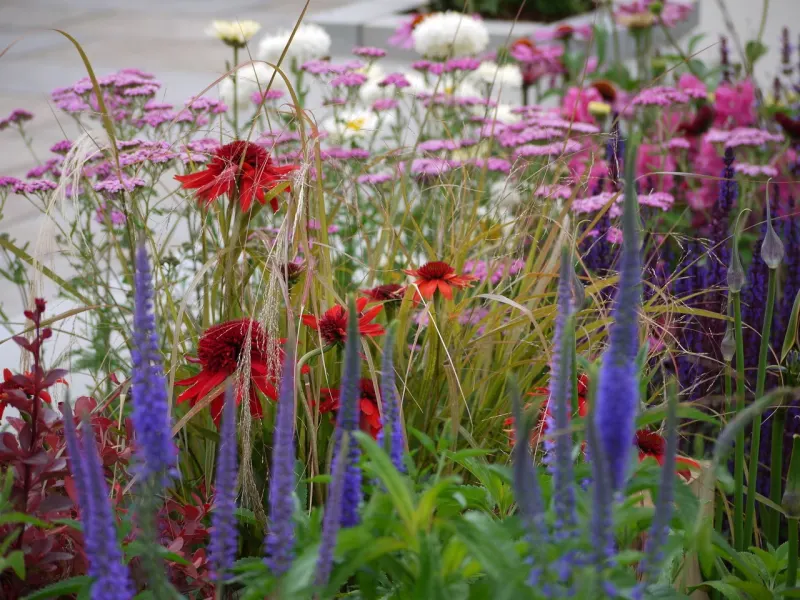Blog
When it comes to improving your outdoor space, there are plenty of easy garden changes you can make yourself that can have a big impact. Whilst we would always recommend using a professional installer for bigger garden design ideas, there are a number of DIY garden jobs that you can tackle yourself and we have listed five of our favourites below.
1. Re-point your patio

If your patio is looking a little tired but you’re not ready to replace it just yet, a DIY patio jointing project could solve your problems. Over time, mortar in between the joints of patio paving can become loose and crumble, making the area look worn and unkempt. Fortunately, with products such as Marshalls Weatherpoint 365 on the market, repointing a patio is a DIY job that is quick and easy to do, and it’s a budget garden idea that will have a big impact. Watch the video below to see how to repoint a patio and decide for yourself if it’s the job for you.
Marshalls Top Tip: Paving joints can be damaged by the force of a power washer. If you’re using a power washer to clean your patio make sure you hold it at a shallow angle (no more than 30°). Read our How to Clean a Patio article for more advice and guidance on the other patio cleaning methods we recommend.
2. Install artificial grass

A lush green lawn can be hard to maintain and if your efforts at keeping away the dead patches, moss and weeds have failed then it might be time to consider installing artificial grass instead. Particularly popular with pet owners and families with young children, artificial grass can be a relatively cheap and easy garden project to take on yourself and the results are impressive. There is some ground preparation to be done before you install fake grass but, as this video below shows, the steps you need to follow are straight-forward.
Marshalls Top Tip: If you’re installing artificial grass in colder weather, keep it as warm as possible before laying – ideally in a heated garage or conservatory and aim to do it on a sunny day. Read our article about installing artificial grass in cold weather before you begin.
3. Use exterior veneer walling to update older garden walls

Another popular DIY garden project is use exterior veneer walling to transform older garden walls, or to give a nice finish to new purpose-built walls, planters or built-in seating. Exterior veneer walling comes in a wide range of finishes, from traditional to modern, and it works by attaching it to an existing surface using special adhesive. Both Marshalls Stoneface® Drystack Veneer Walling and Stoneface® Sawn Veneer Walling (shown below) come in a range of finishes and are delivered complete with everything you need to get the job done.
4. Create a new garden path using stepping stones

A garden path is more than just a way to get from A to B, it can add interest to a simple garden design where you might currently just have a lawn edged with flower beds. Laying a path using stepping stones is a relatively simple and low-cost way to update your outdoor space and there’s no need for specialist equipment or materials beyond what can be bought at a local DIY shop or large garden centre. When you’re choosing paving for your stepping stones, look at the shape and size of the slabs – a modern idea is to go for long and thin slabs as shown in the photo above. And if you dare to be different, we particularly love the idea of using a patterned porcelain such as Symphony Matte to mark out a walkway.
5. Make your garden wildlife friendly

Your garden should be a space for you to enjoy, but how about making it a space for insects and wildlife to enjoy too? A biodiverse garden has great environmental benefits and it’s satisfying to watch and see who comes to enjoy the space you’ve created. If you’re keen to get crafty, you can make nest boxes and recycled bird feeders, and if you’re looking for plants to attract insects go for ‘simple’ flowers, such as coneflower and Asters, which allow pollinators easy access to the nectar. You could also create a wildflower area using a seed mix, or wild-flower turf for an instant effect. If you go for the latter option, aim for one without a nylon mesh base to make it more sustainable. We have plenty more ideas for creating a wildlife-friendly garden in the video below, and accompanying article too.
We hope this article has given you some great DIY garden ideas to try yourself. As always, if you’re looking for bigger garden changes we would recommend using a professional installer. The Marshalls Register has over 1,000 local installers that we have accredited and vetted, so use our installer search to find some near you.








